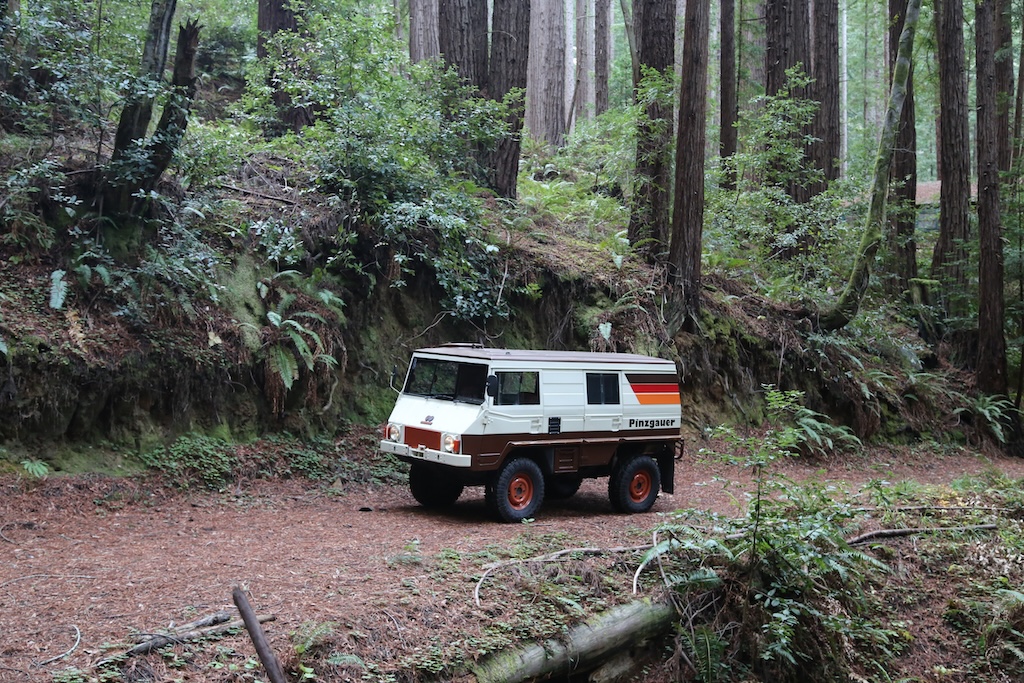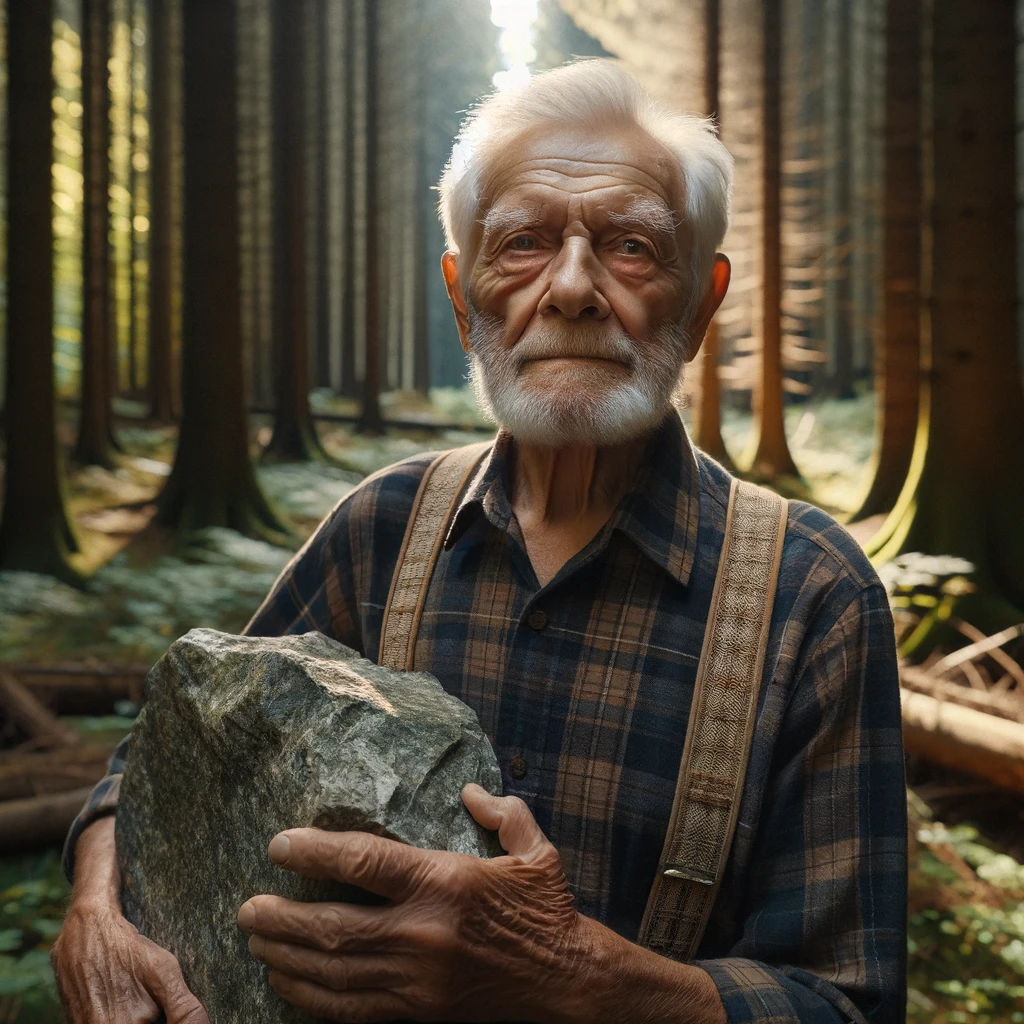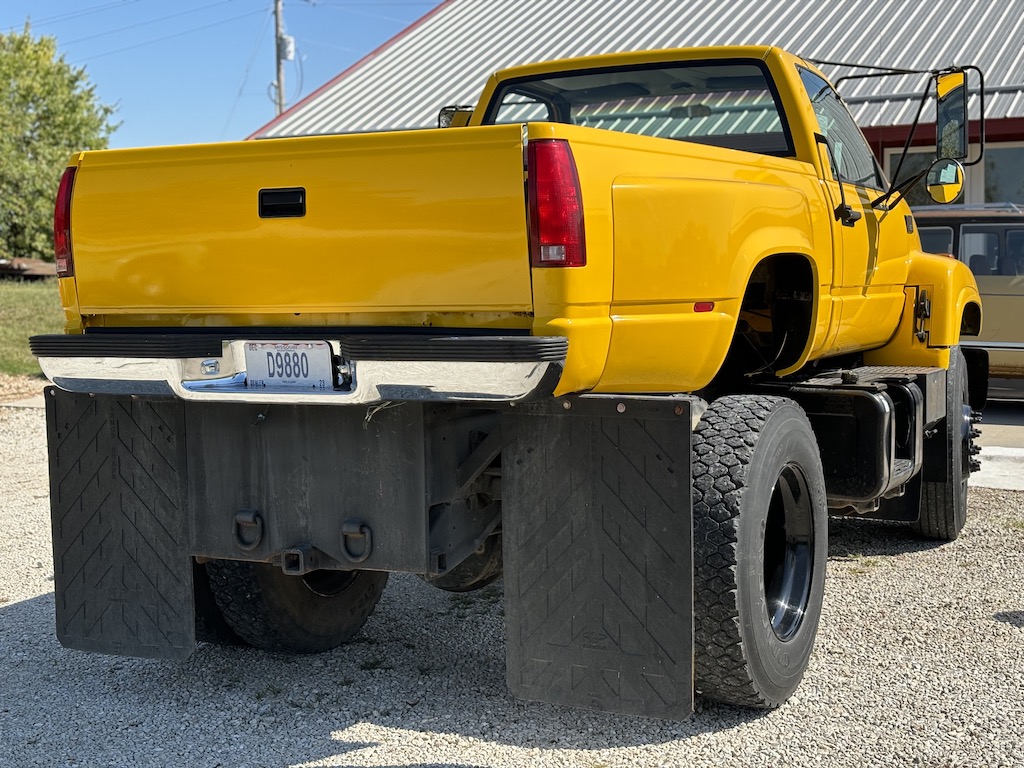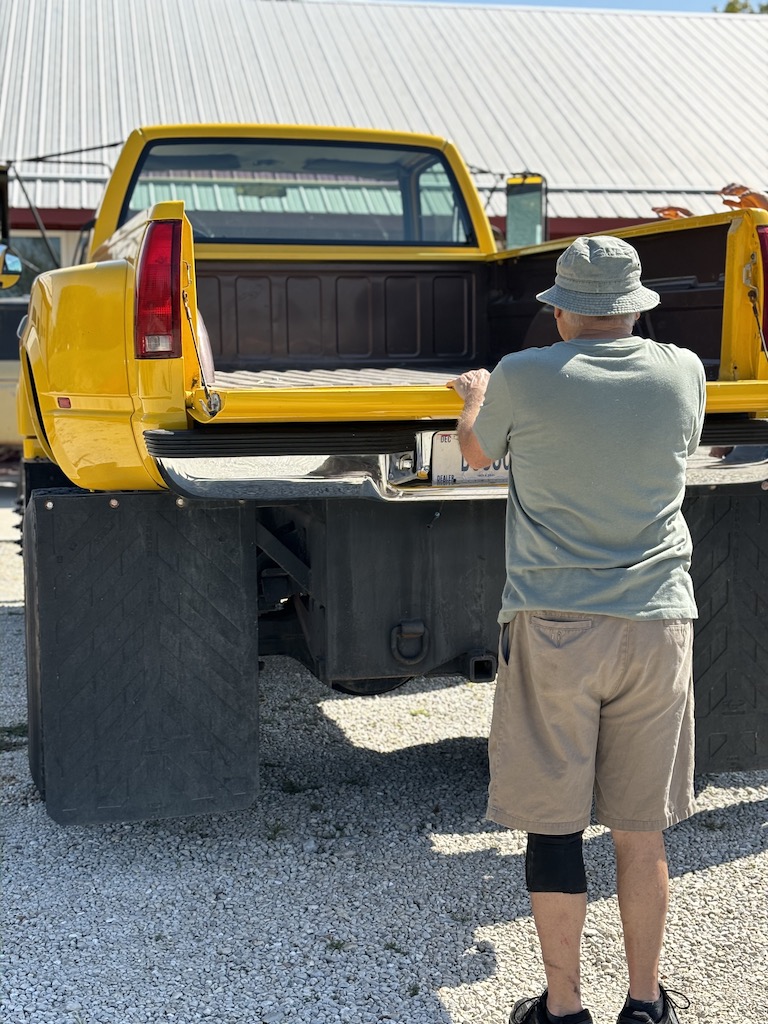The excerpts below are from an article adapted from a blog post by Ryan McGrady. Ryan McGrady is a senior researcher with the Initiative for Digital Public Infrastructure at the University of Massachusetts at Amherst and a researcher with Media Cloud and the Media Ecosystems Analysis Group.
There are 14 billion videos on YouTube. More than one and a half videos for every person on the planet and that’s counting those that are publicly visible.
According to McGrady, YouTube started (February 2005) as a video platform, “but it has since become the backbone of one of the 21st century’s core forms of communication.”
Videos with 10,000 or more views account for nearly 94 percent of the site’s traffic overall but less than 4 percent of total uploads. Just under 5 percent of videos have no views at all, nearly three-quarters have no comments, and even more have no likes.
I uploaded my first video to YouTube on February 12, 2006 and more than 560 videos since. Those videos have been viewed 1,171,459 times for a total watch time of 19,171 hours. Amazingly, (to me) my channel has accounted for 3,376 views in the last 28 days. From day one I have had no interest in comments or likes and I never considered trying to monetize my videos. I always saw it as a place to park my videos so I could include them in a blog post.
I cannot argue with McGrady’s view that “YouTube is now less an opportunity than a requirement—something you have to use, because basic elements of society have organized around it.”


 You’d have to look long and hard to find someone more knowledgable about exotic vehicles than
You’d have to look long and hard to find someone more knowledgable about exotic vehicles than 








